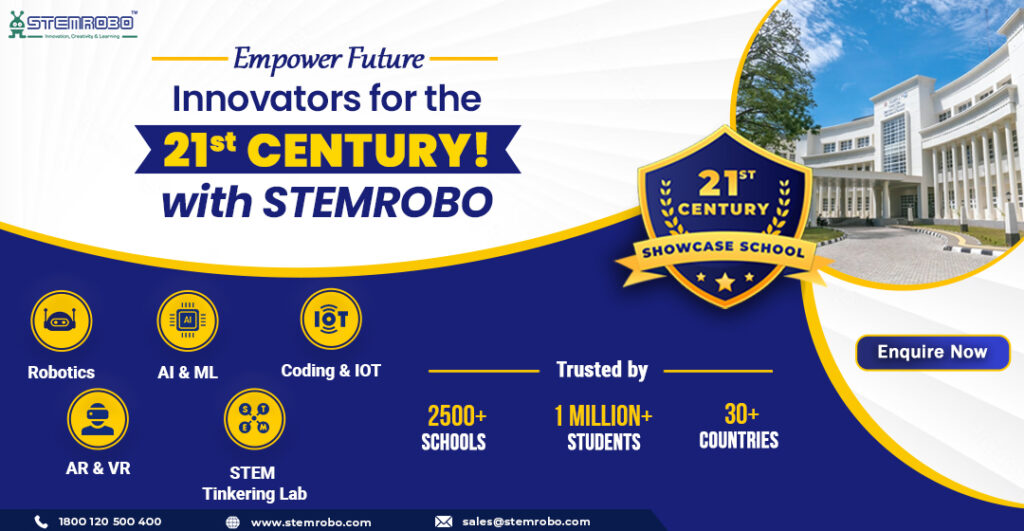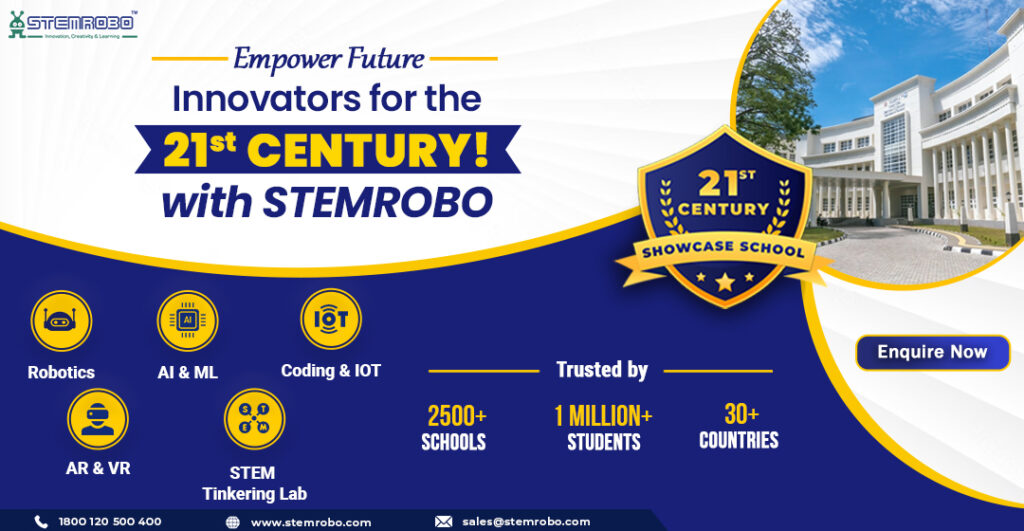Tinker and Innovation Programs for Schools
Tinker and Innovation Programs for Schools provides children with an engaging environment to innovate, explore, and create, while also giving them the tools and mindset necessary to succeed in the 21st century. The Value of Tinker and Innovation Programs for Schools: These programs give students the chance to participate in practical, experiential learning activities that foster creativity, problem-solving, critical thinking, and teamwork. These programs encourage students to explore their interests, embark on passion projects, and take charge of their education in a way that goes beyond typical education in schools. Additionally, tinker and innovation programs develop a culture of entrepreneurship by promoting qualities like problem-solving, critical thinking, and adaptability—all of which are necessary for success in a world that is becoming more and more competitive and complicated. These programs help students develop a growth mindset that equips them to take advantage of opportunities and overcome obstacles throughout their careers by allowing them to come up with ideas, refine solutions, and learn from mistakes. Impact on Student Learning and Development: Student learning and development in a variety of fields are significantly transformed by tinker and innovation programs for schools. STEM Proficiency: Science, technology, engineering, and mathematics (STEM) principles are incorporated into practical projects and activities through Tinker and Innovation Programs for Schools, allowing students to apply their theoretical understanding to real-world problems. Through the use of design thinking methodologies, technology and tool experimentation, and group collaboration, students acquire a profound comprehension of STEM concepts and cultivate practical expertise that is important for their future achievements. Creativity and Innovation: By giving students the chance to explore innovative ideas, experiment with various materials and technologies, and come up with unique solutions to issues, Tinker and Innovation programs promote creativity and innovation. Through the promotion of innovative techniques, risk-taking, and imaginative thinking, these programs foster the creative potential of all students and motivate them to become lifelong innovators and inventors. Critical Thinking and Problem-Solving : By pushing students to analyze issues, come up with many ideas, and examine the practical use of their concepts, Tinker and Innovation programs help students develop critical thinking and problem-solving abilities. Students acquire the skills necessary to think critically, express themselves clearly, and work cooperatively with others to accomplish shared objectives via practical projects and open-ended challenges. Teamwork and Communication: By encouraging students to work in groups, discuss ideas, and provide feedback, Tinker and Innovation programs place a strong emphasis on teamwork and communication skills. Students who collaborate on projects develop critical skills necessary for success in a collaborative workplace, such as respecting other points of view, using group strengths, and effectively and convincingly communicating their ideas. STEMROBO is at the forefront of providing Tinker and Innovation programs for schools, We provide end-to-end solutions to K-12 students. Our mission at STEMROBO is to transform education by giving kids the tools they need to explore, develop, and create via practical STEM experiences. Our goal is to empower the upcoming generation of innovators, problem solvers, and leaders by offering educational programs that are easily accessible, captivating, and revolutionary. Tinker and Innovation Programs for Schools are essential for enabling the following generation of creative thinkers, problem solvers, and catalysts for change. These programs equip students to succeed in an increasingly complex and interconnected world by giving them practical, hands-on learning experiences that foster STEM knowledge, creativity, critical thinking, cooperation, and communication skills. Schools that prioritize tinker and innovative education will develop a population of lifelong learners who can confidently and creatively take on the possibilities and challenges of the future.
Tinker and Innovation Programs for Schools Read More »







